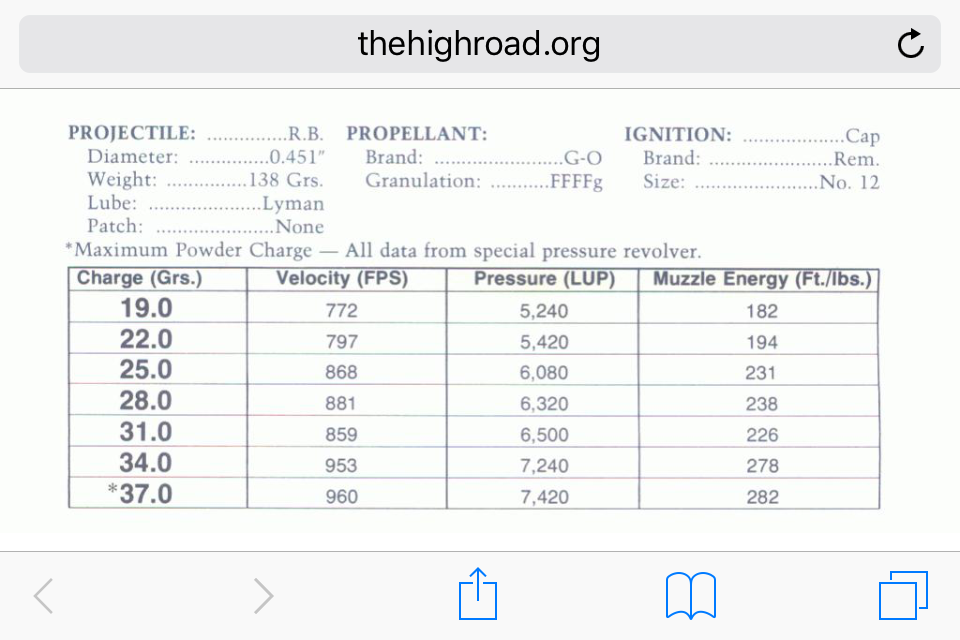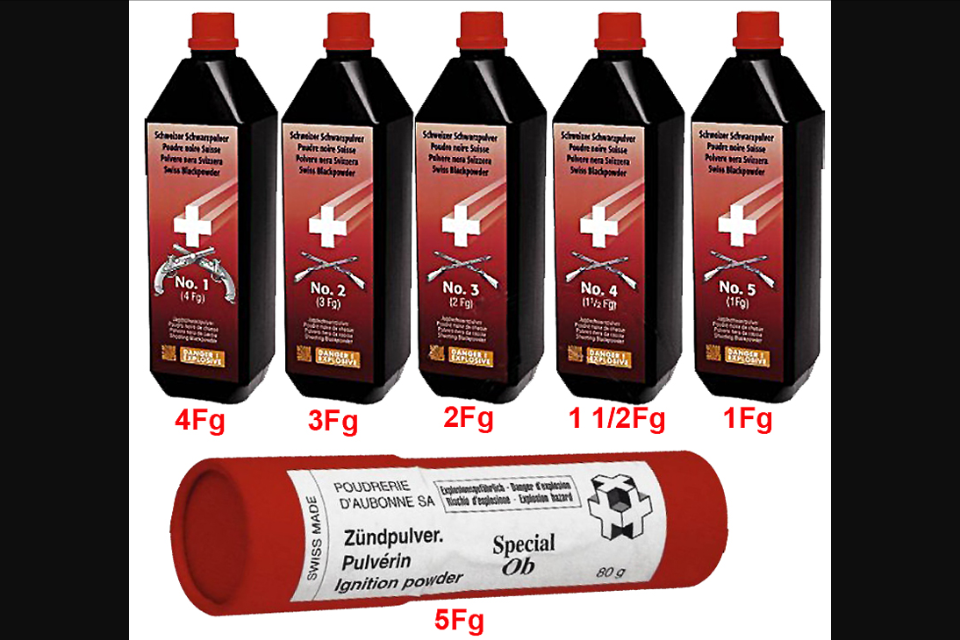You say? And which powder or firearms manufacturer do you represent?
Where is there any
official manufacturer's(gun or powder) statement that it is "
unsafe"? And keep in mind
recommended or not recommended is
not a safety warning. That is like saying 6 lb. test fishing line is not recommended for Marlin, or 80 lb. test line is not recommended for perch.
1f is "not recommended" in cap and ball revolvers. Is that "unsafe"?
Where is there any
proof of any dangerous incident involving 4f in a rifle or shotgun main charge?
Please direct us to such and you can end this argument.









